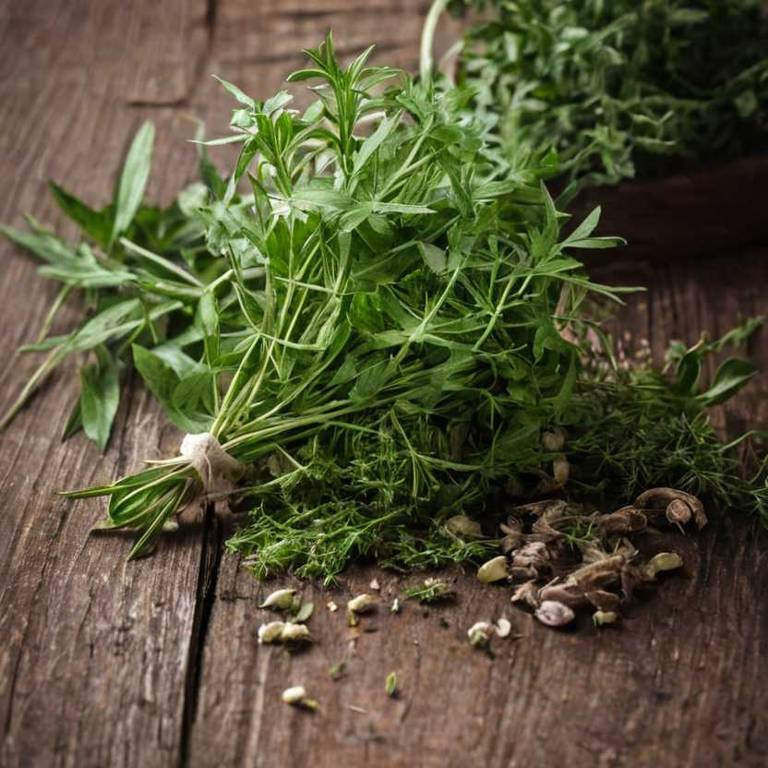Ruta Graveolens: What To Know Before Using It For Medicinal Purposes

Ruta graveolens, commonly known as common rue, has been used for centuries in traditional medicine for its various therapeutic properties.
The plant contains compounds such as rutin and flavonoids, which are believed to contribute to its anti-inflammatory, antispasmodic, and analgesic effects. It has been traditionally used to treat ailments such as headaches, menstrual cramps, and digestive issues. However, due to its potential toxicity, particularly when consumed in large amounts, it is generally recommended to use rue under the guidance of a healthcare professional.
Despite its historical use, modern scientific research on its medicinal benefits remains limited, highlighting the need for further study.
Health Benefits
Ruta graveolens has several health benefits, such as its potential to support digestive health by reducing symptoms of indigestion and bloating.
It is also known for its anti-inflammatory properties, which may help alleviate pain and swelling associated with conditions like arthritis. Some studies suggest that Ruta graveolens may aid in the treatment of parasitic infections due to its anthelmintic effects. Additionally, it has been traditionally used to improve mood and reduce anxiety, possibly due to its calming effects on the nervous system.
However, it is important to note that Ruta graveolens should be used with caution and under professional guidance, as it can be toxic in large doses.
10 Best Health Beneift of Ruta graveolens
Bioactive Constituents
Ruta graveolens has several bioactive constituents, such as alkaloids, flavonoids, and terpenoids, which contribute to its medicinal properties.
Among these, rutin and esculetin are particularly notable for their antioxidant and anti-inflammatory effects. The plant also contains volatile oils that exhibit antimicrobial and antispasmodic activities. These compounds have been traditionally used in herbal medicine to treat ailments such as rheumatism, nervous disorders, and skin conditions.
However, due to its potential toxicity, Ruta graveolens should be used with caution and under professional guidance.
Medicinal Preparations
Ruta graveolens has several medicinal preparations, such as teas, tinctures, and salves, that have been traditionally used for their therapeutic properties.
One common preparation is a tea made from the dried leaves and stems, often consumed to alleviate symptoms of nervousness and digestive discomfort. Tinctures of Ruta graveolens are also utilized, typically diluted in alcohol, to address muscle spasms and joint pain. In some traditional practices, the plant is incorporated into salves or ointments to soothe skin irritations and reduce inflammation.
However, due to its potential toxicity, these preparations should be used with caution and under professional guidance.
Side Effects
Ruta graveolens can have some side effects, such as gastrointestinal upset, including nausea, vomiting, and diarrhea, due to its potent chemical composition.
Prolonged use or high doses may lead to liver toxicity, as some studies suggest it can affect hepatic function. Skin irritation or allergic reactions may occur upon topical application, causing redness, itching, or rashes. In rare cases, it has been associated with neurological symptoms like dizziness or confusion, possibly due to its impact on the central nervous system.
It is important to consult a healthcare professional before using Ruta graveolens, especially for extended periods or in combination with other medications.